
2025 Peugeot E-Expert review
Although Peugeot Australia has delayed a range of key new electric vehicle (EV) launches in the passenger and SUV segments, it has now introduced a new electric mid-sized van.
The Peugeot E-Expert, which is based on the combustion-powered Expert, brings the fight to the LDV eDeliver 7 and Mercedes-Benz eVito, as well as the forthcoming Volkswagen ID. Buzz Cargo. It’ll also go up against the Ford E-Transit Custom once it arrives.
For now, the E-Expert is one of two Peugeot EVs sold in Australia. The other is the smaller E-Partner commercial van. Having kyboshed plans to release the E-208 and E-308 here this year, and axed several plug-in hybrid models including the 308 and 408 PHEVs, the French brand says its EV range will now expand in 2025.
On sale in other markets for years now, the battery-electric E-Expert delivery van arrives in Australia in mid-life facelifted guise. It features a new front fascia with Peugeot’s new corporate badging, as well as revised interior technology.
How does it stack up? Read along to find out.
How much does the Peugeot E-Expert cost?
In Australia, the Peugeot E-Expert van is only offered in a single Pro long-wheelbase variant, priced from $79,990 before on-road costs.
| Model | Price before on-road costs |
|---|---|
| 2025 Peugeot E-Expert Pro Long | $79,990 |
To see how the Expert lines up against its rivals, check out our comparison tool.
What is the Peugeot E-Expert like on the inside?
From the outside, it takes a little while to get over just how large it is the E-Expert is. It’s technically a mid-sized van but it certainly has some presence and fills up a parking space.
Hopping in requires a big step up from the ground. Thankfully, to make this easier there’s a step halfway into the cabin, though it would be nice if there was a pillar-mounted grab handle too.
Once you’re sat in the driver’s seat you’re in prime position. You sit very high up and have a great view out front and through the side windows.
Rear quarter visibility is basically nonexistent, however, because there are side windows in the cargo area. The middle seat head restraint also blocks a considerable amount of rearward visibility, so for the majority of my testing I opted to remove it.
The driver’s seat itself has enough cushioning and support to get comfortable. It’s a good spot to spend a long amount of time, which many drivers of this vehicle likely will.
Adding to the comfort, there’s a thin central armrest that folds down from the driver’s seat. It’s handy to have somewhere for your elbow to rest, but it could be a bit wider since my arm kept on falling off it.
As to be expected in such a workhorse like this, the driver’s seat is only manually adjustable, but there’s enough adjustability to dial in a good driving position.
In European fashion, the E-Expert comes with a heated driver’s seat that’s operated via a small rotary dial on the seat base. It gets very hot, very quickly, even on the lowest setting, so I didn’t use it too much in sweltering Melbourne heat.
Ahead of the driver there’s a leather-wrapped steering wheel that’s rather un-van-like. It doesn’t really feel like genuine leather, but it’s far better than a urethane steering wheel.
Like the driver’s seat, the steering wheel is heated. It is considerably lower intensity, but on cooler mornings it was perfect for taking the chill of my hands.
The buttons and switches on the steering wheel are logically placed and have a satisfying clicky action when pressed. One of the few downsides with the steering wheel, however, is the use of piano black material, which even after a few days got smudgy and gross-looking.
Unlike virtually every other current Peugeot, you don’t need to look over the steering wheel to see the digital instrument cluster. Instead, thankfully, you look through the steering wheel like you do in other cars.
This is a massive plus because many people, including myself, typically struggle with positioning the steering wheel in a way so you can actually see the digital instruments.
The screen doesn’t offer the flashy 3D look that other Peugeot clusters do, but this isn’t the end of the world because no other commercial van has a function like this.
Regardless, the digital instrument cluster has stunning graphics with different layouts that can be customised to your heart’s content. All of them are notably dark and minimal though, so you’ll have to get used to that.
A surprising downside of the digital instrument cluster is it has a slow refresh rate, which means it takes a while for the digital speedo readout to update. This can be annoying because you mightn’t realise you’re speeding until it’s too late.
The central infotainment system is also a completely new unit that’s incredibly more modern and up-to-date. It’s a strange, almost letter box-like shape that’s wide but not very tall.
The touchscreen itself is high-resolution and responds snappily to touch inputs. It’s also capable of being very bright, which is fantastic during the day, but not so much at night time.
Although I hadn’t spent that much time in other modern Peugeots with this new infotainment system software, it didn’t take me long to find my way around. The menu layout is very easy to understand, plus it helps that there’s not a lot to it.
As standard, there’s wireless Apple CarPlay and Android Auto smartphone mirroring. With my iPhone 15 Pro Max connected I didn’t experience any notable dropouts at all during my week of testing.
I’m thankful the E-Expert does come with a wireless phone charger slot in the centre stack under the touchscreen, but it didn’t actually charge my phone. Instead it just made it overheat, which is a common occurrence with many in-car wireless phone chargers.
Elsewhere inside, the cabin it’s very plastic fantastic, but this is to be expected in such a workhorse vehicle. That hard plastics will last longer and wear better in the long run compared to softer faux leathers and the like.
Something that did leave me wanting more, however, was storage spaces. It might sound obvious for a commercial vehicle like this, but vans of this size typically have oodles of spaces and crevices in which to stow odds and ends.
There are large door pockets and central cubbies, but there’s a tiny glovebox area and the E-Expert doesn’t have a storage shelf above the windscreen like many other vans do.
On the passenger side there’s a two-person bench seat that’s rock-hard compared to the driver’s seat. It doesn’t offer any adjustability whatsoever, which is disappointing because the seat back is very upright.
It’s pretty squishy with two occupants sat next to each on the bench seat, and the person in the middle has to contend for legroom with the gear selector, which is positioned rather obtusely given it’s such a small shift-by-wire unit.
A cool feature with the bench seat is that the outer seat base lifts up to create a passthrough opening into the cargo area. This is handy if you’ve got extra-long items you need to transport.
Thankfully there’s a bulkhead that separates the cargo area from the passenger compartment. Apart from increasing safety, it makes road noise less boomy in the cabin, plus the climate control system doesn’t have to work as hard.
As standard, there are sliding doors on each side of the van. Both have a smooth opening and closing action that’s almost car-like and certainly unlike commercial vans of old.
There are also dual barn doors at the back of the van that open to 90 degrees, or slightly wider when unhooked, allowing forklift loading at the rear.
The cargo compartment in the E-Expert is properly large, as it should be given it’s a mid-sized van. It’s pretty bare-bones back there though, apart from some tie-down points, lower internal cladding and a plastic non-slip mat.
| Dimensions | Peugeot E-Expert |
|---|---|
| Length | 5333mm |
| Width | 1920mm |
| Height | 1948mm |
| Wheelbase | 3275mm |
| Load length | 2780mm |
| Load width | 1628mm |
| Load height | 1397mm |
| Cargo capacity | 6600L |
To see how the Expert lines up against its rivals, check out our comparison tool.
What’s under the bonnet?
The E-Expert is only offered with a single powertrain option in Australia, comprising a 100kW front electric motor powered by a 75kWh lithium-ion battery pack.
| Specifications | Peugeot E-Expert |
|---|---|
| Drivetrain | Single, front-mounted electric motor |
| Battery | 75kWh lithium-ion |
| Power | 100kW |
| Torque | 260Nm |
| Driven wheels | FWD |
| Weight | 2052kg (kerb) |
| Payload | 1001kg |
| Gross vehicle mass (GVM) | 3053kg |
| Braked towing capacity | 1000kg |
| Unbraked towing capacity | 750km |
| Energy consumption (claimed) | TBC |
| Energy consumption (as tested) | 28.1kWh/100km (280km urban driving) |
| Claimed range | 330km (WLTP) |
| Max AC charge rate | 11kW |
| Max DC charge rate | 100kW |
During my time with the E-Expert I loaded it up with 650kg of ballast and over an extended urban drive loop it returned average energy consumption of 27.5kWh/100km, which is incrementally better than what I saw during my urban commute driving.
To see how the Expert lines up against its rivals, check out our comparison tool.
How does the Peugeot E-Expert drive?
To start the E-Expert you need to press and hold the start button momentarily for it to register. You’ll know it’s ready to go when there’s a beep, which is a drastic departure from the typical diesel grumble in conventional vans.
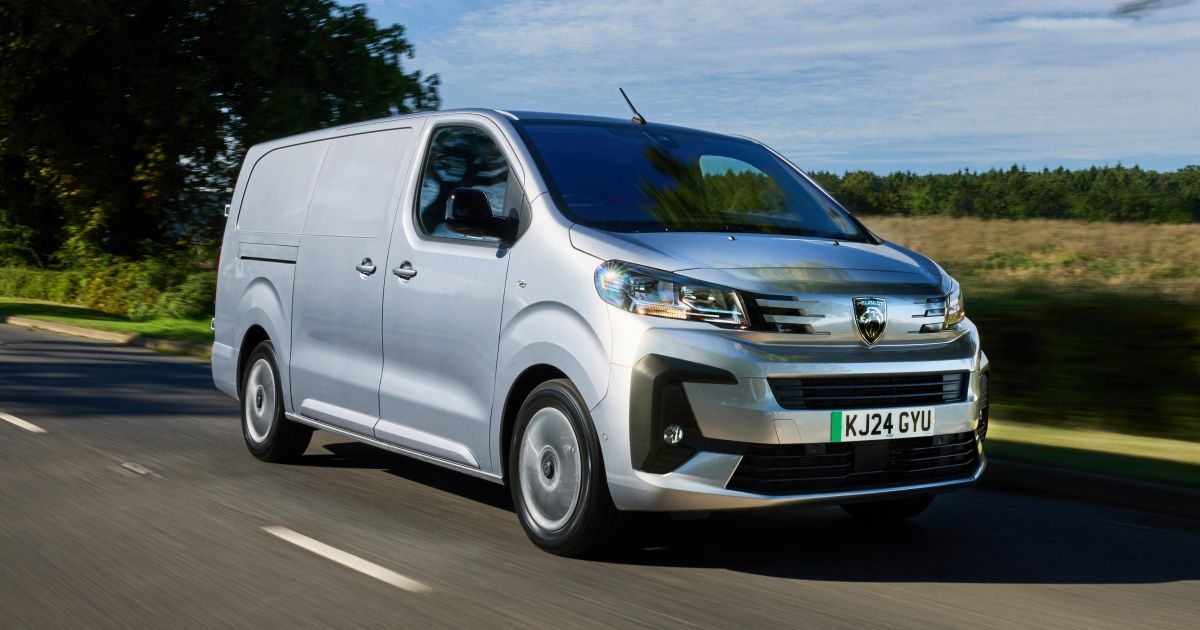
Overseas model shown
It’s easy to select drive with the small shift-by-wire gear selector and then get moving. From a standstill there’s zippy acceleration, as you expect with an EV as this is when maximum torque is available.
But despite feeling zippy off the line, I wouldn’t call the E-Expert fast in any regard. Its single electric motor only produces 100kW and 260Nm, which isn’t much given the van weighs over two tonnes unladen. But it does make cute electric motor whine noises at around 50km/h.
In the ‘Power’ drive mode things move along a little more briskly, but it never has enough oomph to spin the front wheels, which in some regards is a good thing. The ‘Eco’ drive mode also really dulls throttle response and reduces the climate control fan speed.
The E-Expert feels most at home when ‘putting’ around at city speeds. Even when the van isn’t loaded up, you do need to mash the throttle pretty firmly if you meet a hill and want to maintain your speed.
Its inner-city energy consumption is also astronomical, though this makes sense as the tiny electric motor has to move such a heavy brick of a vehicle.
There are three different levels of regenerative braking, and every time you turn the vehicle on it defaults back to the weakest. This was a little frustrating but eventually I learnt to drive it like a hybrid.
Disappointingly, there’s no one-pedal driving mode, which means you need to use the brake pedal to come to a complete stop.
Around town, the unladen ride is considerably more compliant than I was initially expecting, making it almost car-like. It’s nowhere near as bouncy and rough as other leaf-sprung utes and vans can be without a load onboard. The weight of the battery pack likely settles the rear leaf suspension.
The car-like driving dynamics continue with the light steering, which makes this large van super simple and user-friendly on the road, and it’s a fun thing to chuck around corners.
This lighter steering also makes the E-Expert relatively easy to park, but there’s no escaping its 5.3m length when squeezing into a parking spot.
As standard there are front and rear parking sensors, as well as a reversing camera that can stitch together a bird’s-eye view when you’re backing up. This means there’s no excuse for curbed wheels.
Building up speed in the E-Expert is where it starts to struggle. It feels like the electric motor doesn’t have any more to give, which isn’t surprising given its measly outputs.
In order to get around this you have to use a fair dose of accelerator pedal to get up to speed. This saw my already not-so-great energy consumption figure take a further hit.
Despite this, the E-Expert is still an easy and confident vehicle to drive at higher speeds. It’s surprisingly quiet inside the cabin despite being a huge box on wheels, but of course side wind gusts can be felt at highway speeds.
As I mentioned previously there are large blindspots in the E-Expert, as with many other similarly sized vans. This can make you second guess when changing lanes, or when reversing out of a perpendicular parking space.
To my surprise, when loaded up with 650kg of ballast the Peugeot E-Expert didn’t really feel much different in terms of performance.
This was also reflected in my average energy consumption, which was incrementally better than that of my typical urban driving commute.
The E-Expert isn’t really a dynamic vehicle when loaded up, but it doesn’t feel like it’s working too hard when you link up some sweeping corners.
With a load on board, the electric motor is still punchy enough at low speeds to get moving, and the ride is even better settled. In fact, it was so comfortable it felt more like an SUV than a commercial vehicle. You can tell a vehicle like this is built for carrying heavy loads.
Hard, singular bumps are barely transmitted into the cabin, though consistent road lumps can cause the van to get a bit bouncy, which is common in these types of vehicles.
On the safety front, the E-Expert does come with a fair list of standard equipment, though it doesn’t have adaptive cruise control. Instead it has regular cruise control, which for some may be seen as a benefit.
Frustratingly, however, the cruise control likes to sit under the set speed. I can manage the speed considerably better myself, so I typically opted to drive without cruise control.
The lane-keep assist system rarely intervenes unless it really has to, which is a nice positive, though there aren’t any lane-centring-like driver assist functions.
During my week of testing I charged up the E-Expert at a 75kW DC fast-charger from 25 to 100 per cent. This took around one hour all up.
The E-Expert has a DC fast-charging rate of 100kW, which isn’t outstanding, especially given its asking price, though at the 75kW charger it did max out all the way until the battery reached 80 per cent capacity.
What do you get?
The Peugeot E-Expert is only offered in Australia in single Pro Long guise.
Peugeot E-Expert Pro Long equipment highlights:
- 16-inch steel wheels
- Full-size spare wheel
- Halogen headlights
- Auto high-beam
- Front fog lights
- Rain-sensing wipers
- Power-folding side mirrors
- Dual sliding doors
- 180 degree barn-style rear doors
- 10-inch digital instrument cluster
- 10-inch touchscreen infotainment system
- Wireless Apple CarPlay and Android Auto
- DAB+ digital radio
- Four-speaker sound system
- 2x 12V sockets
- 2x USB-C sockets
- Paddle shifters
- Keyless entry and push-button start
- Heated steering wheel
- Leather-wrapped steering wheel
- Bulkhead with load-through flap
- Plastic floor cover
- Three-seat layout
- Grey fabric upholstery
- Heated driver’s seat
- Driver’s armrest
To see how the Expert lines up against its rivals, check out our comparison tool.
Is the Peugeot E-Expert safe?
The Peugeot E-Expert hasn’t yet received an ANCAP safety rating.
However, its diesel-powered Expert counterpart received a Silver collision avoidance rating (55 per cent) from ANCAP, based on testing conducted in 2022.
Standard safety equipment includes:
- Autonomous emergency braking (AEB)
- Low-light pedestrian and cyclist detection
- Forward collision warning
- Emergency braking assistance
- Lane departure warning with unmarked road edge detection
- Lane-keep assist
- Blind-spot monitoring
- Driver attention alert
- Distance alert system
- Traffic sign recognition and speed limit display
- Hill start assist
- Acoustic vehicle alerting system
- Front and rear parking sensors
- Reversing camera
- Tyre pressure monitoring system
How much does the Peugeot E-Expert cost to run?
The Peugeot E-Expert is covered by a five-year/200,000km warranty, with a three-year paintwork and 12-year corrosion warranty, in addition to an eight-year/160,000km battery warranty.
| Servicing and Warranty | Peugeot E-Expert |
|---|---|
| Warranty | 5 years/200,000km 8 years/160,000km (battery pack) 3 years (paintwork) 5 years (corrosion) |
| Roadside assistance | 5 years |
| Service intervals | 12 months/25,000km |
| Capped-price servicing | 5 years |
| Total capped-price service cost | $1846 |
Peugeot also offers three- and five-year service packs for the E-Expert, priced from $750 and $1350 respectively. This provides savings of $306 and $466 respectively compared to paying for services as you go.
CarExpert’s Take on the Peugeot E-Expert
Competition in the electric van space is continuing to heat up in Australia, but it remains far from boiling point.
The Peugeot E-Expert is an interesting addition to the French brand’s local lineup, especially as it has currently dialled back its range of EVs and killed PHEVs altogether to instead of focus on mild-hybrids.
This electric mid-size van offers user-friendly driving dynamics that are overtly car-like, despite it being a hulking box on wheels. Its hushed cabin and newer infotainment technology also helps elevate the interior experience.
There are glaring downsides, however. One of the largest is how much it costs. The E-Expert is currently around $30,000 more expensive than the equivalent diesel-powered Pro Long automatic variant.
And compared to its direct rivals it’s not overly competitive in terms of pricing. The LDV eDeliver 7 is more affordable, plus the forthcoming Volkswagen ID. Buzz Cargo starts at $79,990 before on-roads.
The energy consumption figure is also rather eye-watering. I understand this type of vehicle is built to haul around heavy loads all day, but with an average energy consumption of around 30kWh per 100km, this means you only really have a theoretical range of around 250km.
For some companies with urban-centric fleet operations, this may fit the bill. But commercial van drivers who need to travel longer distances will need to allow plenty of time for charging stops.
Interested in buying a Peugeot E-Expert? Get in touch with one of CarExpert’s trusted dealers here
Click the images for the full gallery
MORE: Everything Peugeot Expert







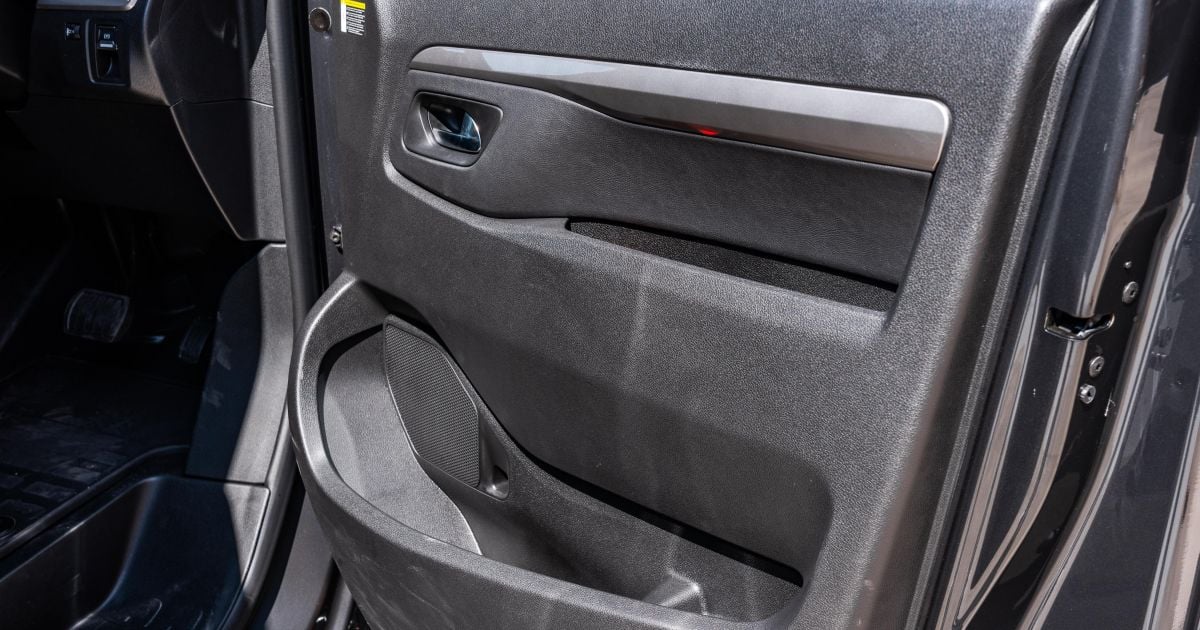











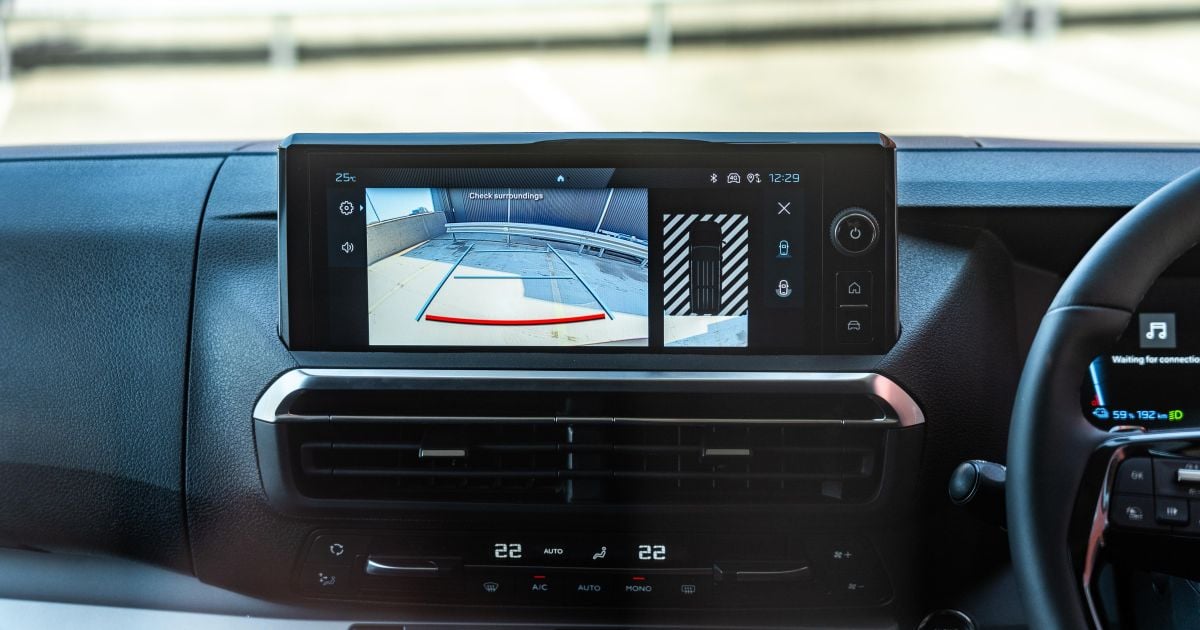
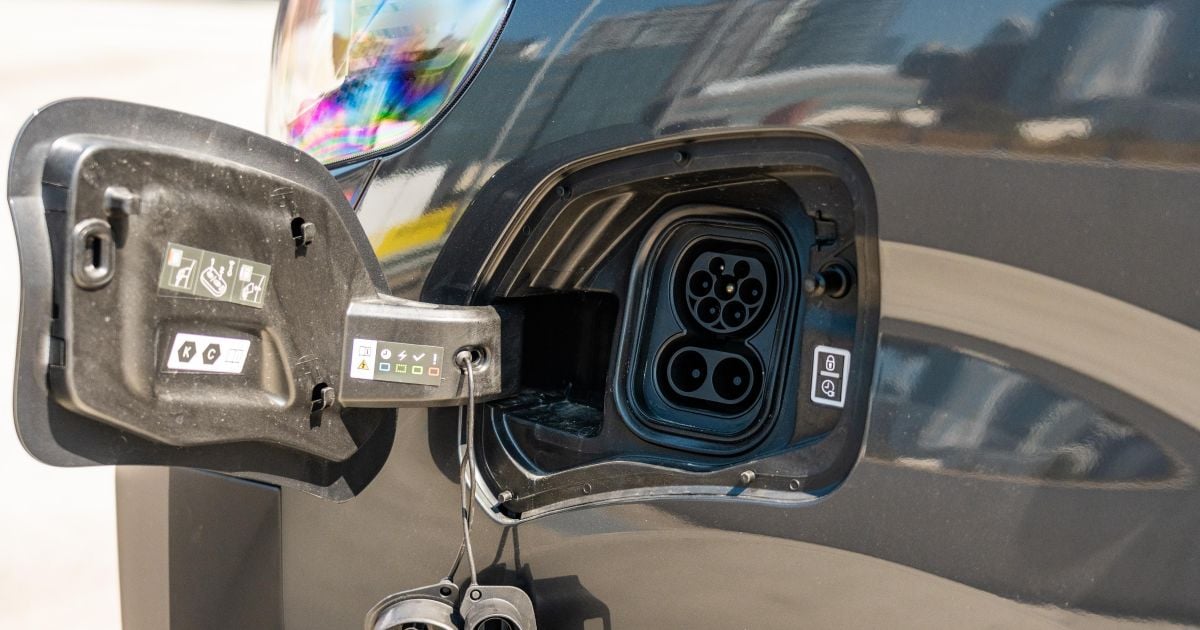

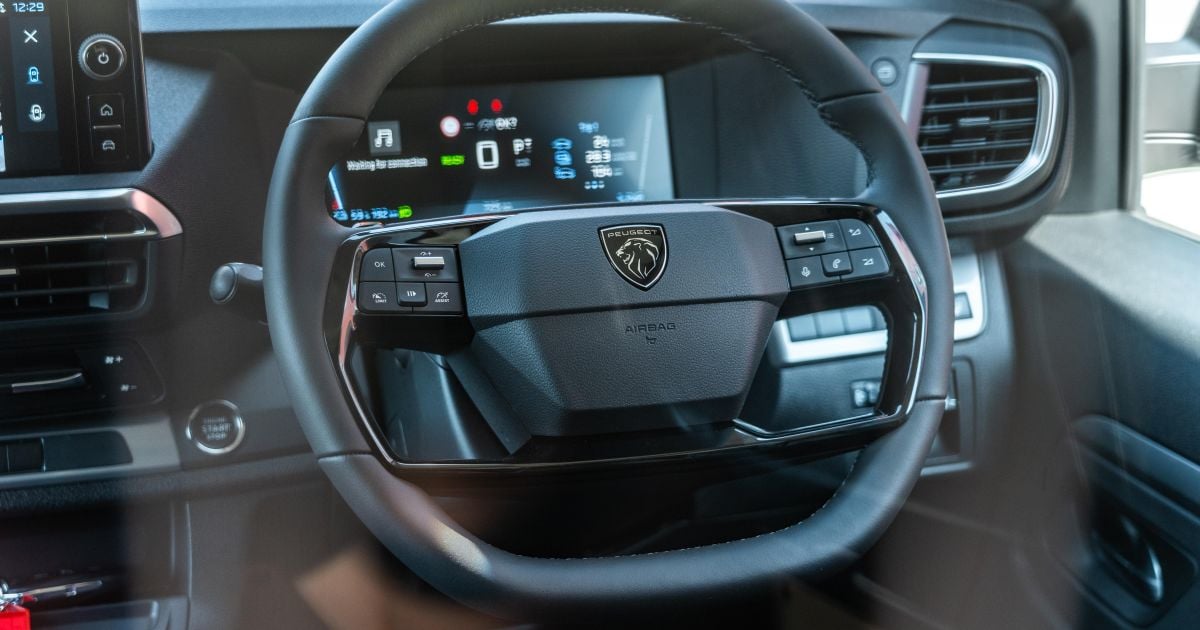

Leave a Comment